Automated Cell Culture Equipment Size
Automated Cell Culture Equipment Market Growth Projections and Opportunities
The Global Regenerative Medicine Market is on a steady rise, and several key factors contribute to its growth. One significant driver is the continuous advancement in healthcare technology. As technology in the healthcare sector continues to evolve, it plays a pivotal role in enhancing regenerative medicine, contributing to the market's expansion.
Another influential factor is the ongoing progress in regenerative medicine technology. Innovations in this field have a direct impact on the market's development, driving the adoption of cutting-edge techniques and therapies. This constant evolution in regenerative medicine technology propels the market forward, creating new opportunities and expanding its scope.
The rising prevalence of chronic diseases is also a major catalyst for the growth of the regenerative medicine market. With an increasing number of people worldwide being affected by chronic health conditions, there is a growing demand for advanced and effective treatment options. Regenerative medicine offers promising solutions for managing and treating various chronic diseases, making it a key player in addressing global health challenges.
Additionally, the growth in stem cell technology contributes significantly to the expansion of the regenerative medicine market. Stem cells have unique properties that make them valuable in medical research and therapeutic applications. The continuous progress in stem cell technology opens up possibilities for novel treatments and interventions, fostering the market's development.
Globally, the regenerative medicine market is projected to experience a robust growth rate of approximately 21.18% from 2021 to 2027. This optimistic outlook indicates a promising trajectory for the market, with numerous opportunities for stakeholders, researchers, and healthcare providers.
The increasing awareness and acceptance of regenerative medicine further fuel its market growth. As knowledge about the benefits and potential applications of regenerative therapies spreads, there is a growing acceptance among both healthcare professionals and the general public. This acceptance contributes to the wider adoption of regenerative medicine approaches, driving market expansion.
Collaborations and partnerships within the healthcare industry also play a crucial role in advancing regenerative medicine. The synergy between different stakeholders, including pharmaceutical companies, research institutions, and healthcare providers, fosters innovation and accelerates the development of regenerative therapies. These collaborative efforts contribute to the overall growth and success of the regenerative medicine market.
Moreover, regulatory support and favorable government initiatives contribute to the market's positive momentum. As governments recognize the significance of regenerative medicine in addressing healthcare challenges, they are increasingly providing support through regulatory frameworks and funding. This support creates a conducive environment for research and development in regenerative medicine, bolstering the market's progress.
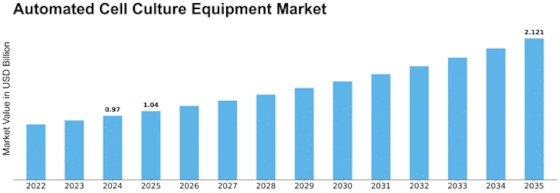


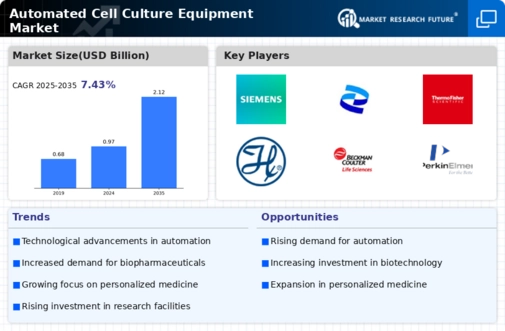
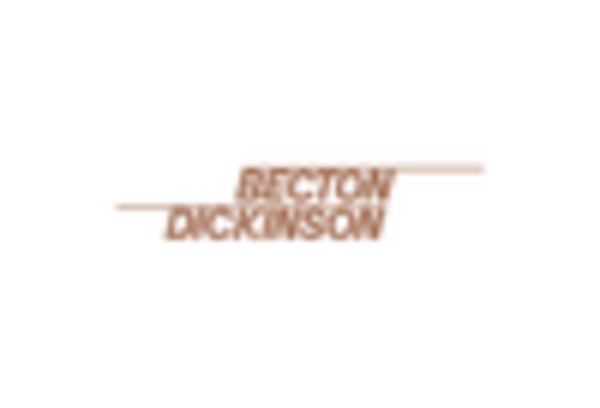
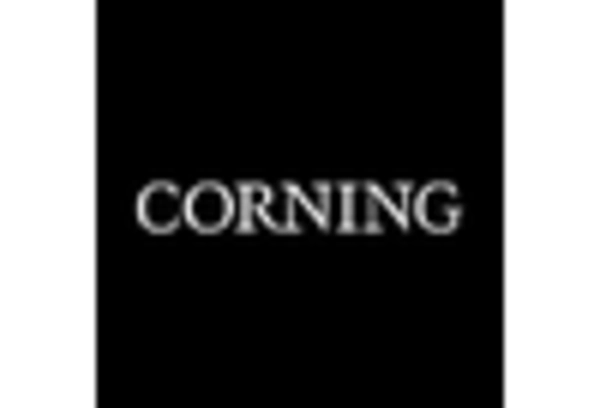
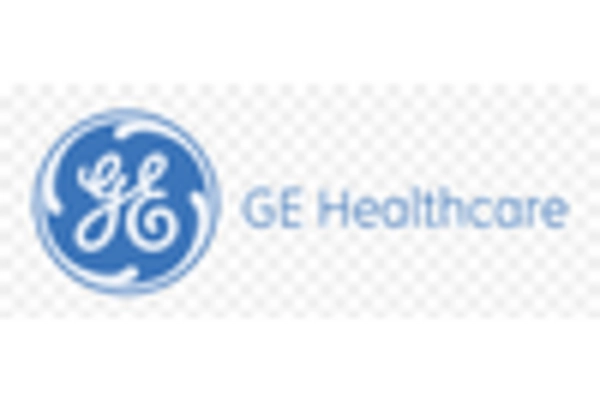
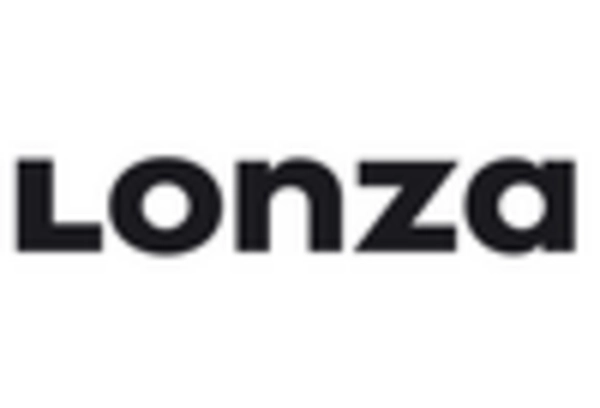
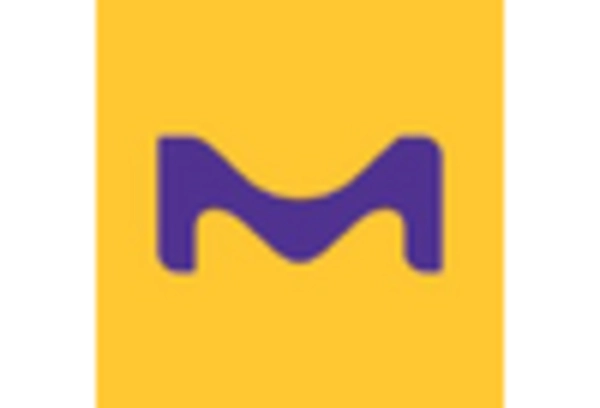










Leave a Comment